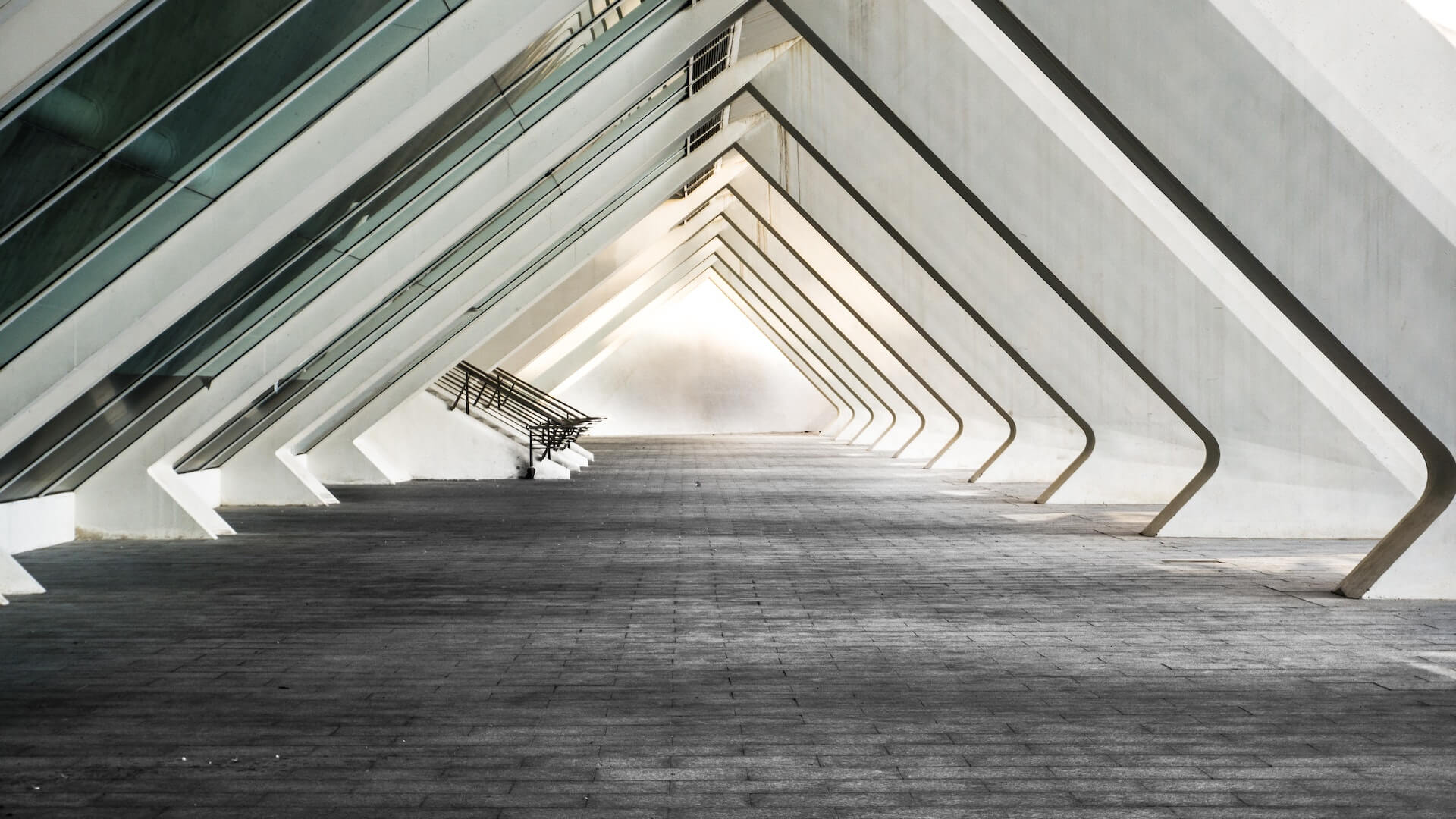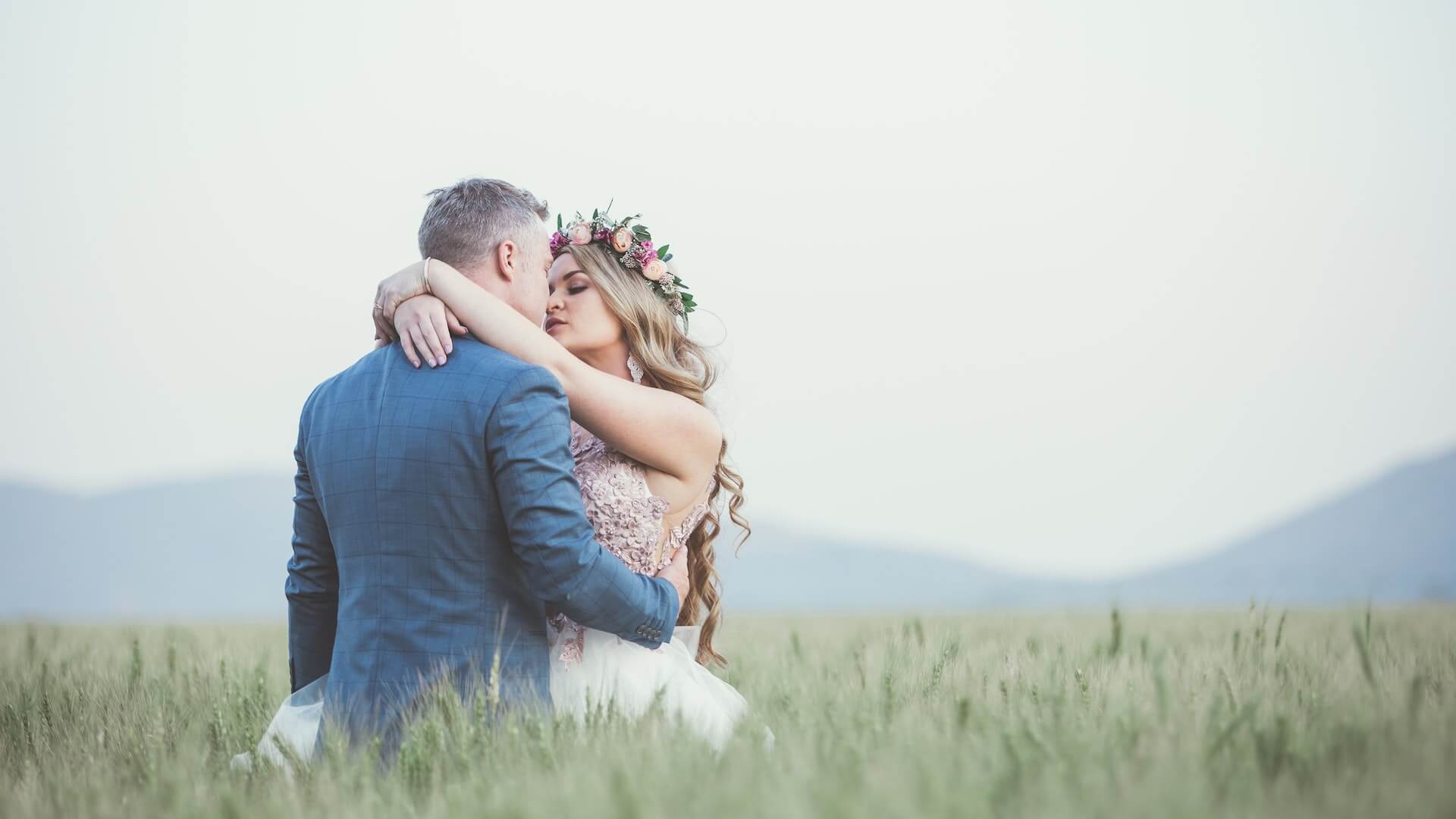Architecture is all around us, from towering skyscrapers to small, humble homes. It’s an art form that serves both function and aesthetics, and there’s something truly captivating about the way that buildings are designed and built. But capturing the essence and beauty of architecture through photography is an art in itself. Architecture photography is a unique niche that requires a keen eye for detail, an understanding of light and composition, and a deep appreciation for the subject matter. In this blog post, we will explore the art of architecture photography, what makes it so special, and provide tips and tricks for capturing stunning architectural images that will truly capture the soul of structures. Whether you’re an aspiring architectural photographer or just love to appreciate the beauty of architecture through photographs, this post is for you.
Introduction to the art of architecture photography
Architecture photography is more than just capturing buildings and structures; it is an art form that allows photographers to showcase the soul and essence of these man-made creations. It involves capturing the lines, shapes, textures, and details that make each structure unique and captivating.
Architectural photographers have the ability to transform ordinary buildings into extraordinary works of art through their lens. They carefully consider the composition, lighting, and perspective to create visually stunning images that evoke emotions and tell a story.

One of the key aspects of architecture photography is the ability to capture the personality and character of a building. Each structure has its own story to tell, whether it’s a historic landmark, a modern skyscraper, or a humble residential house. Through their lens, photographers can convey the grandeur, elegance, or simplicity of these architectural wonders.
Lighting plays a crucial role in architecture photography. The interplay between light and shadow can bring out the intricate details and highlight the unique features of a building. Photographers often plan their shoots around the golden hour, when the natural light is soft and warm, creating a magical atmosphere that enhances the architectural beauty.
Composition is another vital element in architecture photography. Photographers carefully frame their shots to create visually pleasing and balanced images. They may experiment with different angles, perspectives, and focal lengths to showcase different aspects of the structure. Symmetry, leading lines, and patterns are often employed to add depth and visual interest to the photographs.
In the world of architecture photography, attention to detail is paramount. From capturing the intricate ornamentation on a historical building to showcasing the sleek lines of a modern masterpiece, photographers strive to capture every little nuance that makes each structure special.
Understanding the importance of capturing the soul of structures
Understanding the importance of capturing the soul of structures is crucial in the art of architecture photography. Beyond simply documenting the physical appearance of a building, capturing its essence and personality is what brings a photograph to life.
Architecture is more than just bricks and mortar; it tells a story, evokes emotions, and reflects the culture and history of a place. As an architecture photographer, your goal is to go beyond the surface and capture the intangible qualities that make a building unique.

To capture the soul of a structure, you must first immerse yourself in its surroundings. Take the time to study the history, context, and purpose of the building. Is it a historic landmark or a modern masterpiece? Is it a place where people live, work, or gather? Understanding these aspects will inform your approach and help you convey the building’s spirit through your lens.
Composition plays a vital role in capturing the soul of a structure. Consider the lines, shapes, and symmetry within the building. Look for interesting angles and perspectives that highlight its unique features. Pay attention to the interplay of light and shadow, as it can add depth and dimension to your photographs.
Another essential element is paying attention to the details. From intricate carvings to ornate decorations, these subtle nuances can reveal the character and craftsmanship of a structure. Zoom in on these finer elements to showcase the building’s artistry and tell a more comprehensive story.
Moreover, capturing the soul of a structure requires patience and timing. Visit the building during different times of the day and in various weather conditions. Each moment will offer a different atmosphere and mood, allowing you to capture the building in its most captivating state.
Essential equipment for architecture photography
When it comes to capturing the soul of structures through photography, having the right equipment is crucial. Architecture photography requires a specific set of tools to ensure that every intricate detail and grand design element is captured flawlessly.
1. Camera:
Invest in a high-quality DSLR or mirrorless camera with manual shooting capabilities. This will give you full control over settings such as aperture, shutter speed, and ISO, allowing you to capture the perfect shot in any lighting conditions.
2. Wide-angle lens:
A wide-angle lens is essential for architecture photography as it allows you to capture the full scale and grandeur of buildings. Look for a lens with a focal length between 16mm and 35mm, providing a wide perspective without significant distortion.
3. Tripod:
Stability is key when shooting architecture, especially during long exposures or in low-light situations. A sturdy tripod will help eliminate camera shake and allow for precise composition and framing.
4. Tilt-shift lens:
Tilt-shift lenses are specifically designed for architecture photography. They allow you to correct perspective distortion and maintain straight lines, ensuring that buildings appear upright and true to their original design.
5. Remote shutter release:
To further minimize camera shake, a remote shutter release is highly recommended. This allows you to trigger the shutter without physically touching the camera, resulting in sharper images.
6. Polarizing filter:
A polarizing filter is a valuable tool for architecture photography. It helps reduce glare and reflections on glass surfaces, enhances color saturation, and improves overall image contrast.
7. Graduated neutral density filter:
When dealing with high contrast scenes, such as a brightly lit sky and a darker foreground, a graduated neutral density filter can help balance the exposure. It darkens the brighter areas of the image, allowing for better overall exposure and detail retention.
Having the right equipment is just the first step in capturing the essence of structures through architecture photography. It is important to explore different angles, play with light and shadows, and experiment with composition to truly bring out the soul of the architectural marvels around us.
Mastering composition and framing techniques
While having a good camera and technical skills is important, it is the artistry and creativity behind composition that truly elevates architectural photographs.

One key aspect to consider is the rule of thirds. This composition technique involves mentally dividing your frame into thirds both horizontally and vertically, resulting in a grid of nine equal parts. By placing the main elements of your photograph along these gridlines or at their intersections, you can create a well-balanced and visually pleasing composition. For example, aligning a prominent building or architectural feature along one of the vertical gridlines can draw the viewer’s eye and add a sense of depth to the image.
Another technique to master is leading lines. Architecture often features strong lines and geometric shapes, and utilizing these lines can guide the viewer’s gaze through the photograph. Whether it’s a row of columns, the curve of a staircase, or the symmetry of a hallway, incorporating these leading lines can create a sense of movement and draw attention to the focal point of the structure.
Additionally, framing plays a crucial role in architecture photography. By carefully selecting the elements within the frame, you can create a sense of context and enhance the overall composition. Consider using doorways, windows, or arches as natural frames to draw attention to the building or structure you are photographing. This technique not only adds visual interest but also provides the viewer with a glimpse into the architectural environment.
Furthermore, don’t be afraid to experiment with different angles and perspectives. By exploring unique viewpoints, such as shooting from a low or high angle, you can capture a fresh and captivating image that showcases the architectural details in a new light. Be willing to move around, explore different vantage points, and take the time to find the most compelling angles that best showcase the soul and essence of the structure.
Utilizing natural and artificial lighting to enhance architectural features
When it comes to capturing the soul of structures through photography, lighting plays a vital role in emphasizing architectural features and creating a visually stunning composition. As an architectural photographer, understanding the nuances of natural and artificial lighting is essential to bring out the true essence of a building.
Natural lighting, such as the warm glow of the sun during golden hour or the dramatic shadows cast by clouds, can add depth and dimension to architectural photographs. Timing is key when working with natural light, as different times of the day can produce varying effects on the building’s appearance. The soft, diffused light of early morning or late afternoon can create a gentle ambiance, while the strong, directional light of midday can highlight the textures and details of the structure.
In addition to natural lighting, artificial lighting can also be used strategically to enhance architectural features. This includes both interior and exterior lighting, which can be adjusted to create a desired mood or highlight specific design elements. Soft, warm lighting can bring out the cozy atmosphere of a residential space, while bright, cool lighting can accentuate the sleek lines of a contemporary building.
Exploring different perspectives and angles to showcase unique architectural elements
One of the joys of architecture photography is the ability to capture the soul of structures by exploring different perspectives and angles. By doing so, you can showcase the unique architectural elements that make a building truly remarkable.
When photographing architecture, it’s easy to fall into the trap of shooting from eye level, capturing the façade in a straightforward manner. While this can produce beautiful images, pushing yourself to experiment with different perspectives can elevate your photography to a whole new level.

Consider exploring low angles to capture the grandeur and scale of a building. Shooting from a lower vantage point can make tall structures appear even more imposing, emphasizing their architectural details and creating a dramatic effect. This technique works particularly well for capturing skyscrapers or intricate details on the underside of bridges and arches.
On the other hand, experimenting with high angles can provide a fresh and unique perspective. By shooting from above, you can accentuate the layout and patterns of a building, especially if it has interesting rooftops or intricate floor plans. This approach is particularly effective when photographing courtyards, plazas, or modern urban developments.
Don’t be afraid to get up close and personal with architectural elements. Zooming in on intricate details such as ornate carvings, decorative motifs, or interesting textures can create captivating images that highlight the craftsmanship and artistry of a structure. Macro photography can also be employed to capture the minute details that may go unnoticed by the naked eye.
Lastly, don’t limit yourself to shooting straight-on. Experiment with capturing architectural elements from unique angles, such as from below or through unconventional frames. By doing so, you can create visually striking and thought-provoking images that invite viewers to see architecture in a fresh and innovative way.
Highlighting textures, lines, and patterns in architectural photography
One of the key aspects of capturing the soul of structures in architectural photography lies in highlighting the textures, lines, and patterns that bring a building to life. These elements not only add visual interest to the image but also convey the character and essence of the architecture.
Textures play a significant role in architectural photography as they contribute to the overall mood and atmosphere of the shot. Whether it’s the rough surface of weathered brick, the smoothness of glass facades, or the intricate details of ornate carvings, capturing these textures can evoke a sense of touch and create a tangible connection between the viewer and the structure.
Lines are another crucial element in architectural photography that can direct the viewer’s gaze and emphasize the structure’s form and composition. From straight and parallel lines to curved and diagonal ones, each line contributes to the visual dynamics and flow of the image. By skillfully incorporating these lines, photographers can create a sense of depth, perspective, and movement, enhancing the overall visual impact.
Patterns, whether found in repeating motifs or unique architectural details, add visual interest and rhythm to the photograph. They can be symmetrical or asymmetrical, intricate or minimalistic, and can create a sense of harmony or contrast within the frame. By capturing these patterns, photographers can showcase the meticulous design and craftsmanship that went into creating the structure.
To highlight these textures, lines, and patterns effectively, photographers often pay close attention to lighting and composition. The interplay of light and shadow can bring out the three-dimensionality of textures, while strategic framing and perspective can accentuate lines and patterns, leading the viewer’s eye on a visual journey through the architectural space.
Post-processing techniques to enhance and refine architectural photographs
Once you have captured stunning architectural photographs, it’s time to take them to the next level through post-processing techniques. These techniques can help enhance and refine the images, allowing you to truly capture the soul of the structures you have photographed.

One of the most common post-processing techniques used in architectural photography is HDR (High Dynamic Range). This technique involves merging multiple exposures of the same scene to create a final image that showcases a wider range of tones and details. HDR can help bring out the intricate textures and intricate details of buildings, resulting in a more visually striking photograph.
Another technique that can be employed is perspective correction. Architectural photography often involves capturing tall buildings or structures from different angles, which can sometimes lead to distorted perspectives. Utilizing tools like the perspective correction feature in post-processing software can help straighten lines and correct any distortions, resulting in a more balanced and visually pleasing image.
Color correction and adjustment is another crucial aspect of post-processing architectural photographs. It involves fine-tuning the colors to accurately represent the mood and ambiance of the structure. This can include adjusting the white balance, saturation, and contrast levels to bring out the desired tones and create a harmonious color palette.
Furthermore, sharpening and noise reduction techniques can be applied to enhance the overall clarity and sharpness of architectural photographs. This helps to bring out the intricate details and textures of the structures, making them more visually appealing.
Lastly, experimenting with creative filters and effects can add a unique touch to your architectural photographs. This can include applying vignettes, selective color adjustments, or even using black and white conversions to emphasize the lines and shapes of the buildings.
Tips for aspiring architecture photographers and concluding thoughts
For aspiring architecture photographers, there are a few key tips to keep in mind as you embark on your journey to capture the soul of structures through your lens.
Firstly, invest in quality equipment. A sturdy tripod, a wide-angle lens, and a high-resolution camera are essential tools for capturing the intricate details and grandeur of architectural masterpieces. Additionally, consider investing in a tilt-shift lens to correct perspective distortion and create visually pleasing images.
Secondly, pay attention to light. Architecture photography is greatly influenced by the play of light and shadow. Take advantage of the golden hours, early morning, and late afternoon, when the light is soft and warm. Experiment with different angles and compositions to highlight the interplay between light and the structure’s design.
Furthermore, focus on capturing unique perspectives. Look beyond the obvious and challenge yourself to find interesting angles, lines, and patterns that showcase the architectural beauty. Explore different vantage points, experiment with reflections, and seek out unconventional compositions that add depth and intrigue to your photographs.
Post-processing is another crucial aspect of architecture photography. Use editing software, such as Adobe Lightroom or Photoshop, to enhance the colors, contrast, and sharpness of your images. However, strive for a balance between enhancing the photo and maintaining its authenticity. Remember, your goal is to capture the essence of the structure, not create unrealistic representations.
Lastly, immerse yourself in architectural history and design. Understanding the architectural styles, principles, and stories behind the structures you photograph will not only enrich your appreciation but also inform your creative choices. Research the architects, the historical context, and the purpose of the building to better convey its significance through your images.
Conclusion
From capturing the intricate details of a building to showcasing its grandeur and soul, architecture photography is a fascinating and creative endeavor. By following the tips and techniques discussed in our blog post, you can elevate your photography skills and truly capture the essence of structures. So grab your camera, venture out into the world, and let your lens tell the stories of these magnificent architectural wonders. We can’t wait to see the masterpieces you create!



